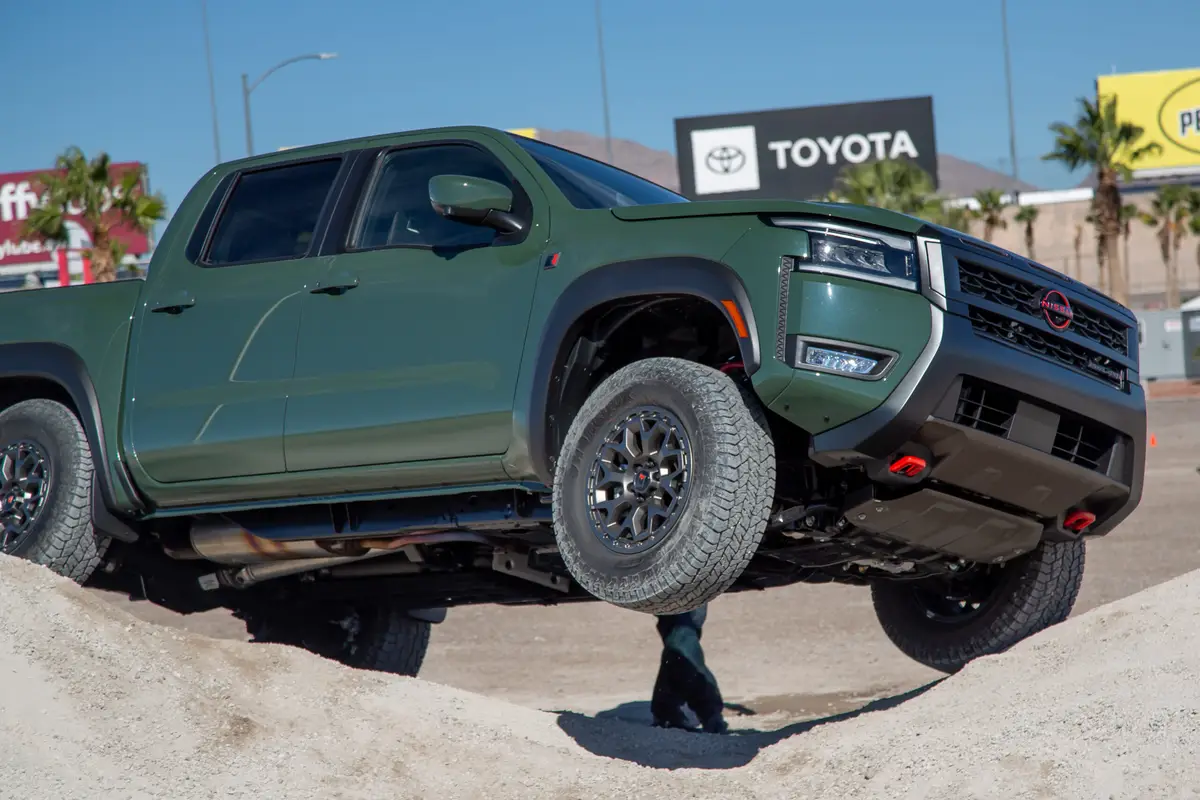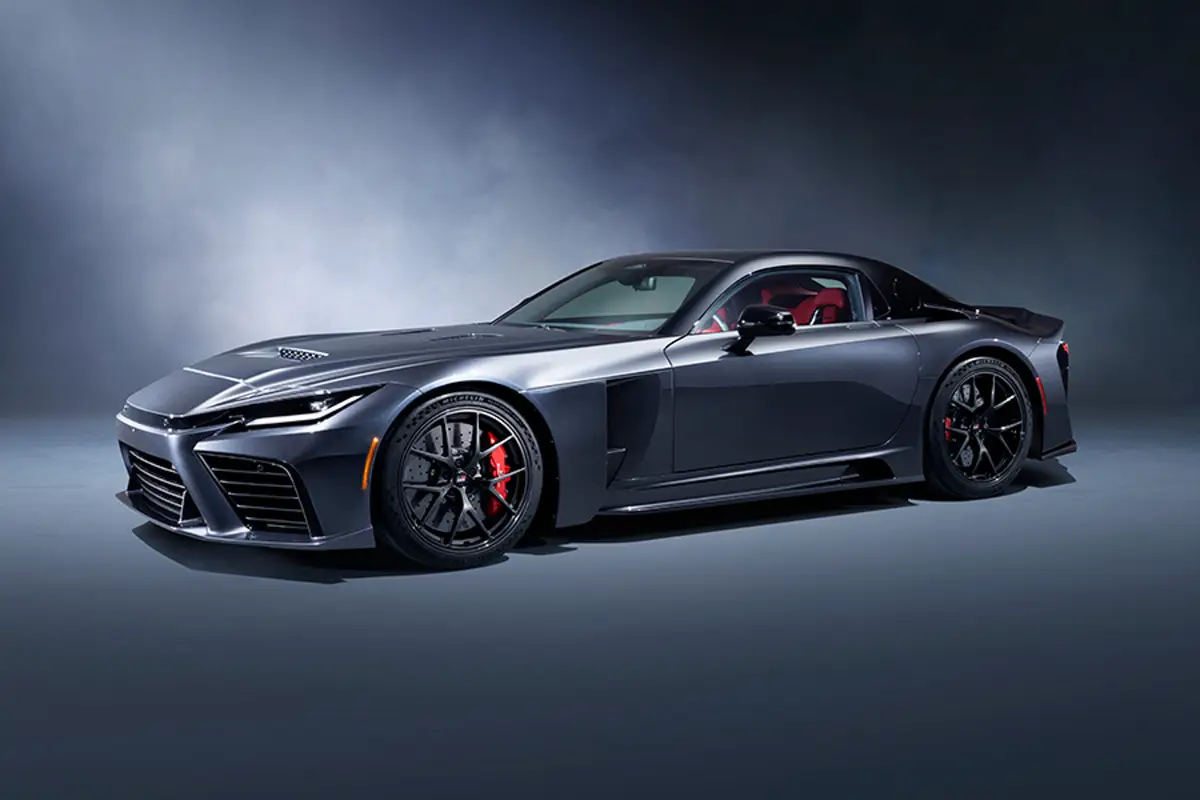washingtonpost.com's view
TRUTH IN THE automotive world manifests itself in tangible ways. Avehicle rides well or it doesn’t. Its capacities are finite — so muchroom for people and their things and no more.
Even a vehicle’s attractiveness is measurable. If people smile at iteverywhere it goes, if they trample over one another to take a closerlook, if in every parking lot people surround the vehicle and bombardits driver with questions, it’s safe to assume that the object of thatattention is a head-turner supreme.
Thus, the truth is that the 1991 Toyota Previa minivan is a winner.It might also be the best minivan on sale in America. That pains me.
As an American, I would prefer that a U.S. company have the”best-in-class” honor, especially since it was an American company,Chrysler Corp., that started the minivan boom in the early 1980s.
But truth is truth, and sometimes the truth hurts. The Previa willcause marketplace moaning among Toyota’s competitors. The new minivanwill bring joy and laughter, too — from Toyota’s customers.
Background: The 1991 Previa, on sale this summer, is a beneficiary ofall that Toyota and its rivals did right and wrong with earlierminivans. For example, General Motors Corp. gave us space-age stylingwith its long-nosed Chevrolet Lumina and Pontiac Trans Sport minivans.But a bothersome, long, flat dashboard was part of the GM package.
Toyota’s super-aerodynamic Previa has a dashboard of similar length.But the Previa’s dashboard is sculpted and rounded, with recesses hereand there, all of which makes it much less distracting and much morepleasant to look at than the dashboards in the GM models.
Interior layout in the Previa is better than anything Toyota and itscompetitors have done previously. Third-row seats in the testedseven-passenger Previa LE are designed to fold flat against the sidewalls, creating 85.3 cubic feet of easily accessible cargo space whenthe middle seats are removed.
The Previa is available inrear-wheel-drive and “All-Trac” four-wheel-drive versions, both of whichare sold as Deluxe and the more expensive LE models.
Ironically, the Previa was designed by Toyota’s California-baseddesign studio.
Complaints: Because of the Previa’s mid-engine arrangement, access tothe oil dipstick is through the Previa’s passenger compartment. Thedriver’s seat must be flipped back and a little door in the floor openedfor a thorough oil-level check. A quite troublesome affair.
Toyota tried to alleviate this hassle by putting a transparentengine-oil reservoir underneath the front hood, which is good for aquick visual check. But failing to check the dipstick, in addition tothe oil reservoir, can get you into oil-level trouble.
Praise: Overall quality, engineering and design are excellent. It’sthe easiest, friendliest, best-constructed minivan I’ve ever driven.
Head-turning quotient: Simply superior. It attracted attentioneverywhere on a 2,000-mile, round-trip journey f rom Northern Virginia tonorthern Michigan.
Ride, acceleration and handling: The most sedan-like of minivanrides. It handles extremely well on the open road, although it does tendto sway a bit in strong crosswinds. The Previa is powered by a2.4-liter, 16-valve, dual overhead cam, 138-horsepower engine. Itscoots.
Sound system: Nine-speaker AM/FM stereo radio, cassette and discplayer, Toyota-installed. Excellent.
Mileage: About 21 to the gallon (19.8-gallon tank, 400-mile range onusable volume), running with three occupants, air conditioner infull-time use, and 500 pounds of luggage.
Price: Base price on the tested Previa LE (four-speed automatictransmission, rear-wheel-drive) is $18,698. Dealer’s invoice price onthat model $15,893. Price as tested is $23,103, including $4,140 inoptions and a $265 destination charge ($480 destination charge forAlaska).
Purse-strings note: It’s a buy, without options such as the $1,260premium stereo system. However, the opt ional $1,130 anti-lock brakingsystem is recommended.
Latest news



